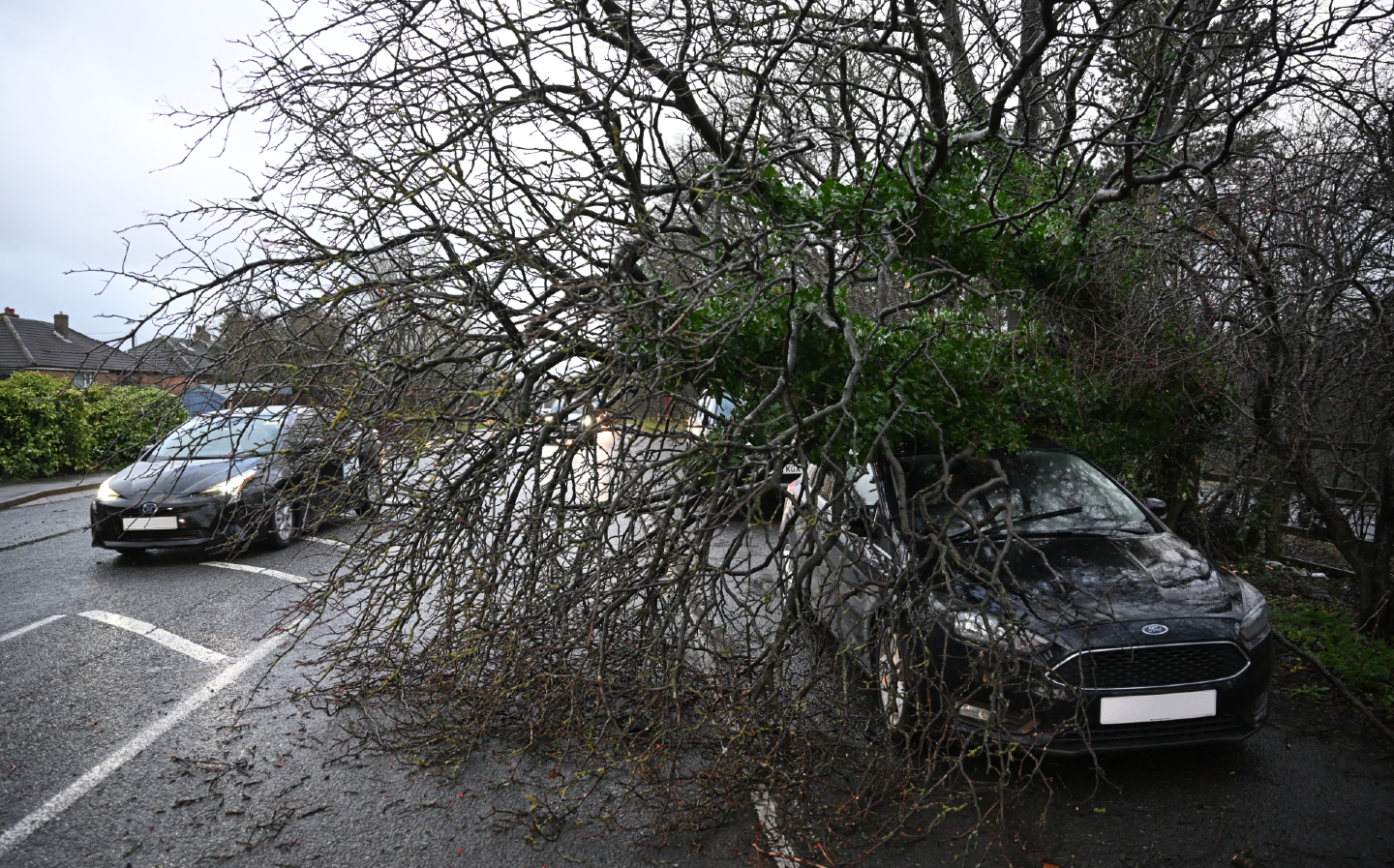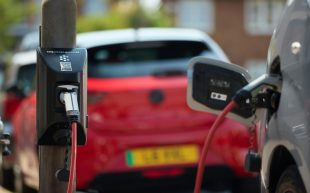Can you claim insurance if a tree lands on your car in a storm?
Always read the small print
The UK has just seen off Storm Henk, and before that came Storm Gerrit, bringing with them torrential rain, flooding and gusts of wind reaching up to 90mph in some instances.
With that latter meteorological condition in play, car owners can be at risk of trees falling on their vehicle, potentially causing a huge amount of damage.
The primary concern is, of course, one of injuries to occupants of cars when a tree is felled by strong winds and smashes onto a vehicle. But what if a tree is blown onto your car while it’s parked? Can and should you then go on to claim on your car insurance for the damage incurred, and what will be the consequences if so?
Amber and red warnings
Storms heading to the UK are only named if they have the potential to cause the Met Office to trigger either an amber ‘be prepared’ or red ‘take action’ warning.
This winter season, some of the big hitters have been Storms Babet, Ciaran, Elin, Gerrit and Henk, as well as Storm Pia, which was named out of alphabetical sequence as it had the potential to do more damage in Denmark than here.
All of these brought trees down with strong gusts of wind.
If has happened to you, the good news is that you can claim for the repairs on your insurance — but, sadly, there will be costs. And there is the potential for your insurance company to look for exclusions that might allow it to avoid paying out.
Fully comp is the way to go
The first thing to note is that you’ll only be able to claim for storm damage on your car insurance if you have a fully comprehensive policy.
Storm damage is not covered under third party, fire and theft policies, so if you’ve got one of these for your vehicle then you’re regrettably out of luck and will have to stump up (if you’ll excuse the pun) for the repairs yourself.
If you do have comprehensive cover, then insurers will class damage from a fallen tree as something specific, such as “hit by object or debris (excluding other vehicles)” or “storm damage caused by falling or flying objects”. That covers more than trees and branches — damage from roof tiles, bricks or street furniture, for example, would be included.
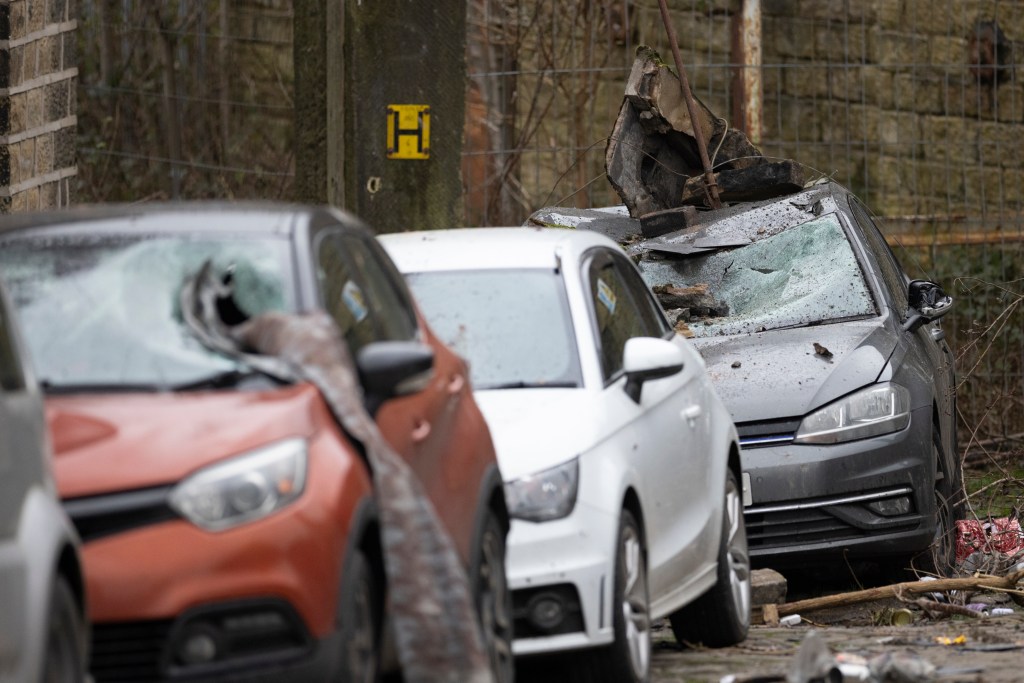
The idea that insurers reject claims of this type citing “act of God” clauses is a myth these days, though it’s always important to understand the terms and conditions before buying a policy (more on “exclusions” below).
When you’re making a claim for a tree falling on or denting part of your vehicle, it’s very important to get photographic or film evidence of the accident to prove what happened — so take pictures of the tree or branch on your damaged car before you remove it from the vehicle.
You can then contact your insurer and get the claim under way.
Is it worth making a claim for a small dent or scratch?
At this point, you’ll have to make a rough assessment yourself as to the potential costs of the repair. These will obviously be lower if a small branch has been blown into your car and damaged one panel than they would be if an entire tree has nigh-on flattened the vehicle.
This is necessary because, even though it is an accident out of your control, even with comprehensive cover your insurance company cannot claim its costs back from another party — meaning it will go down as an “at-fault” claim against you.
Unless you have protected no claims bonus (NCB), which usually allows one claim a year without affecting your NCB, then it will be reset when your policy renews, thereby likely increasing your premium.
Connected to this, you’ll also have to pay whatever mandatory and voluntary excesses are on your policy, so it’s only worth making a claim if the value of the damage caused by the tree is considerably more substantial than whatever your excess is.
Floods, hail and snow
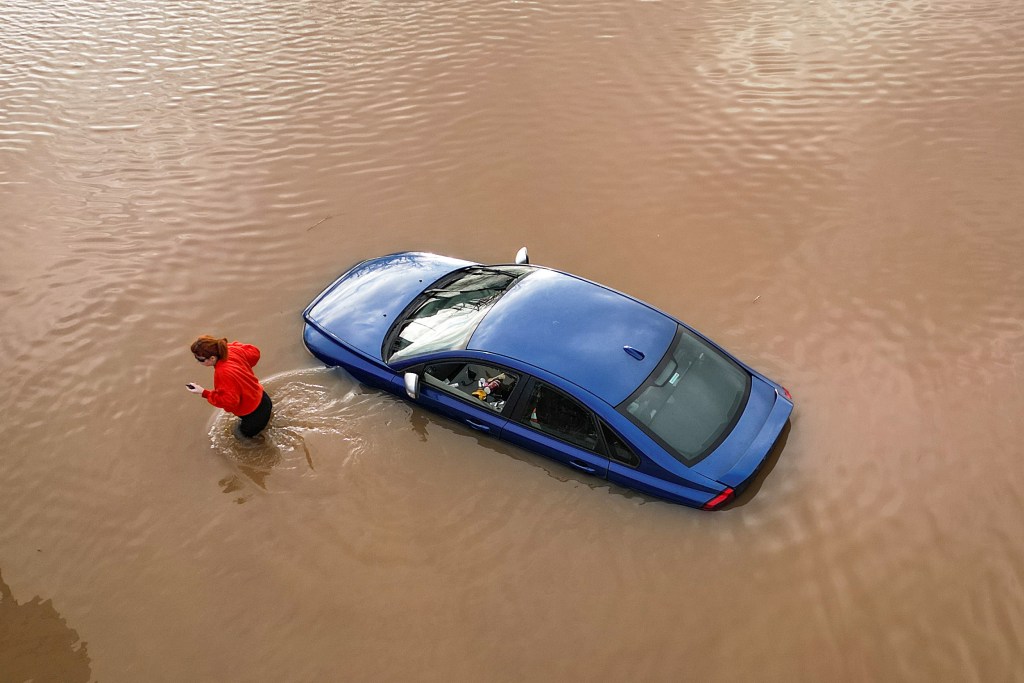
There are other types of storm-related damage you can claim for in the event your car is affected in adverse winter weather conditions.
If heavy rain brings sudden flooding which damages your car, most typically when it is parked up, then that should be covered under your fully comprehensive policy.
The same goes for extreme hail, which will likely dent in multiple places any vehicle left out in the open, and even snow and ice — in the instance that a sudden onset of a blizzard makes driving conditions hazardous, or if another vehicle slithers into yours while it is safely parked up.
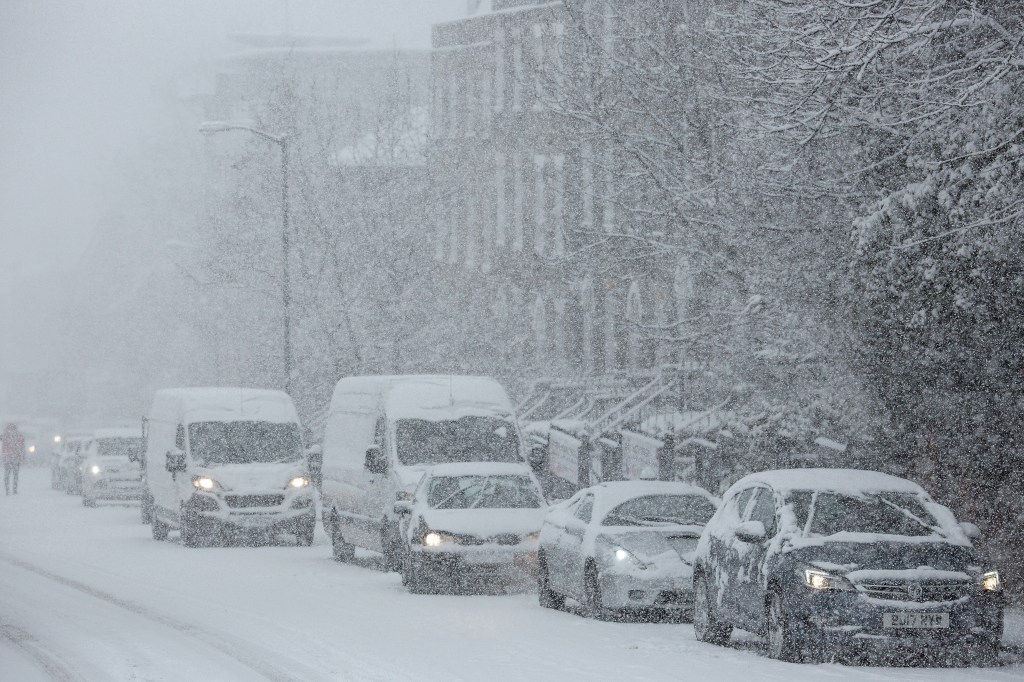
Watch out for exclusions
However, this is where the grey areas come into play. Insurance companies will look for exclusions that mean you’re not covered. This includes making sure all your details are correct, such as where your car is parked during the day and overnight. They will also check to see if you ignored government advice about either not travelling — often given out in “red” Met Office weather warnings — or closed road signs.
If you were behind the wheel at the time, the insurance company will also look to ascertain if you were driving appropriately for the conditions, with excess speed or irresponsible driving behaviour likely to result in exclusions.
And if you knowingly drive into floodwater that could have otherwise been avoided, you will not be able to make a claim on your policy for flood damage.
Who owned the fallen tree?
Moving back to trees again, the location of the tree which fell on your vehicle can have an effect on the claim.
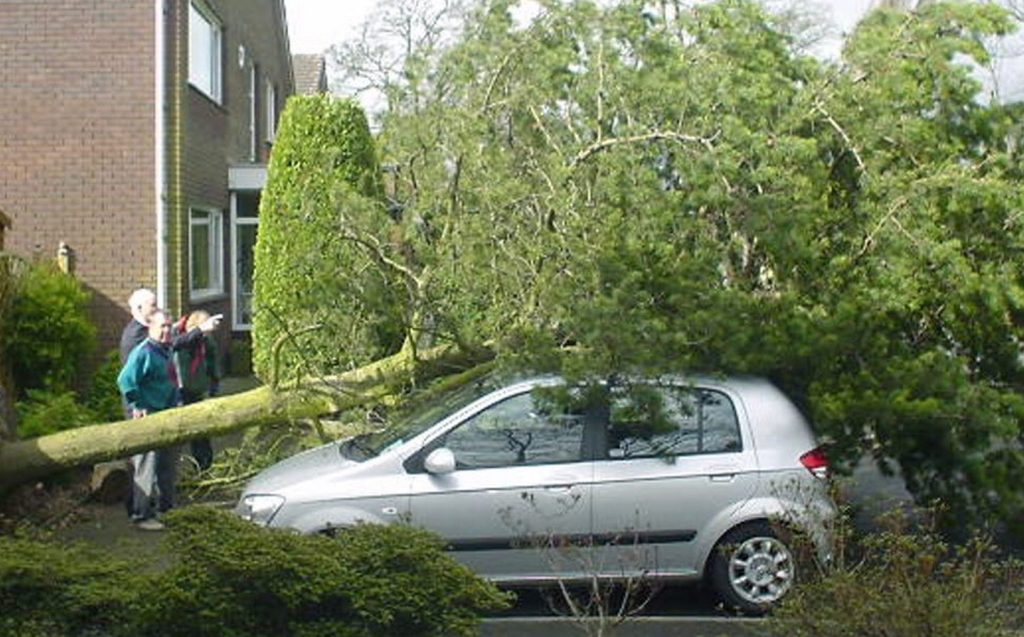
If it’s while you’re driving on public roads, there should be no problem, but if a neighbour’s tree — or even a roof tile — falls on your car while it’s parked, your car insurance company might decide that it is your neighbour’s responsibility to pay for the repairs, either in cash or through their home insurance.
It’s worth noting at this point that home insurers often ask whether trees are within a certain distance from a property, and if that hasn’t been logged then it may invalidate the policy.
Related articles
- If you were interested in the Audi Q8 e-tron edition Dakar, you might like to know if electric cars are more likely to catch fire than petrol and diesel cars
- EV tips: 10 things to know before you buy an electric vehicle
- UK needs ten times more electric car charging points by 2030
Latest articles
- Aston Martin Valkyrie AMR-LMH hypercar hits track ahead of 2025 Le Mans challenge
- Porsche has begun testing the electric Cayenne
- Cupra Leon 272 eHybrid 2024 review: Bigger battery, better tech … but is it a Cupra?
- Porsche 911 GTS 2024 review: Hybrid heresy or more Stuttgart genius?
- Extended test: 2023 Vauxhall Astra Sports Tourer GS PHEV
- Ford Capri revival has faced a lot of flak… but are buyers put off? Here’s what visitors to the Festival of Speed had to say
- F1 2024 calendar and race reports: What time the next grand prix starts and what happened in the previous rounds
- ‘No timeframe’ for how long Volvo’s returning estate cars will be on sale in UK
- Kia Picanto 2024 review: Updates add spice to cute Korean city car


